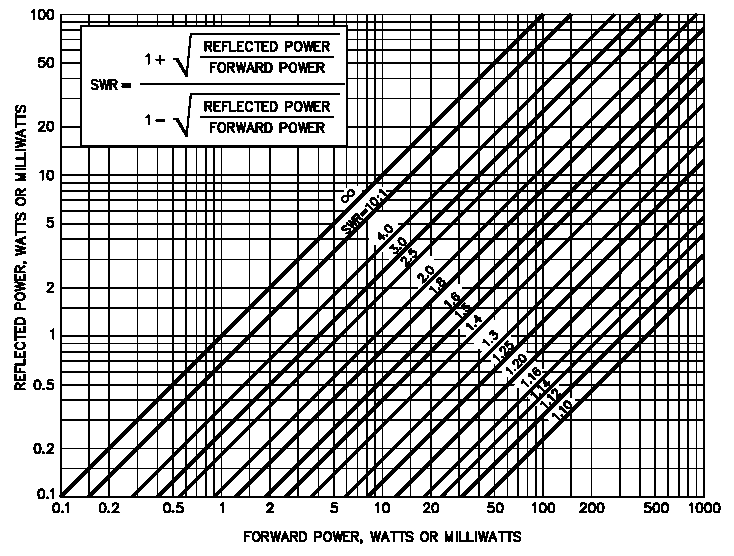You do NOT need a Bird meter and in fact unless you are in business repairing radios nobody really NEEDS a Bird meter. There are cheaper meters that ar less expensive. Bird has developed a cult following among the CB crowd as being more accurate than others but Bird's accuracy is typical. They can be calibrated however to maintain that accuracy. If you really want to know watts forward versus watts reflected you can either buy a meter that reads reflected watts or you can use a simple SWR meter and use a conversion chart like the one below. If the SWR is 2:1 follow the slanted 2:1 SWR line until you get to the FORWARD power that you have along the bottom and then read the REFLECTED power on the left hand side. For instance if you had 20 watts forward at 2:1 SWR you would have 2 watts reflected. All this is moot however since tuning for lowest SWR between the radio and amp will result in the lowest reflected power.


